Eighth Avenue Place
525 8 AVE SW Calgary
403.592.2888
eighthavenueplace.com

Special Events
The Exhibition
- Jack Shadbolt, Wild Grass Suite – Quintet (1979).
- Jack Shadbolt, Northern Emblem – No. 1 mural study (1967).
Jack Shadbolt was an artist who made paintings influenced by Vancouver and the west coast and a lasting contribution to art in Canada.
- Ray Mead, Totem (1986).
Mead’s imagery came from his own internal meanderings, memories transcribed into line and block of colour.
- Jean-Paul Riopelle, Oliviers (1966).
- Jean-Paul Riopelle, Waves (1959).
Riopelle studied under Paul-Émile Borduas in the 1940s and was a member of Les Automatistes movement. Breaking with traditional conventions in 1945 after reading André Breton’s Le Surréalisme et la Peinture, he began experimenting with non-objective painting.
- Jack Bush, New York 55 (1955)
Jack Bush is best known for his abstract paintings done between the 1950s and 1970s. He represented Canada at the 1967 São Paulo Biennial.
- Jean McEwen, Le Climat Rouge (1957)
Inspired by the Automatiste movement, McEwen worked on a succession of experimental series that focused on creating flat, dynamic space through exploring the different qualities of colour.
- Marcelle Ferron, Chile (1973)
Marcelle Ferron was born in Louiseville, Quebec, and is considered one of the dominant figures in contemporary Canadian art. Her career stretched over more than thirty years and from the beginning was oriented towards the exploration of new avenues in art.
- Marcel Barbeau, Libertarian Retina (1964)
- Marcel Barbeau, Diamantes, passerelle d’etoiles (1997)
All of his work translates, in its own mutations, a will to simultaneously grasp the present and forecast the future, reflecting the thought typical of his era. As a witness of his time, he broadens his art with new visions inspired from science and new technologies.
- William Ronald, Maya (1957)
William Ronald, was an important Canadian painter, best known as the founder of the influential Canadian abstract art group Painters Eleven in 1954
- Yves Gaucher, Gris et Bleu (1972)
From 1967 to 1969, Gaucher created a series of “Grey on Grey” paintings. These works, amongst his most important, were meant to be interpreted in two different ways. As individual paintings, they would be seen based on their linear movement; as a whole, they were an environment, based on colour.
